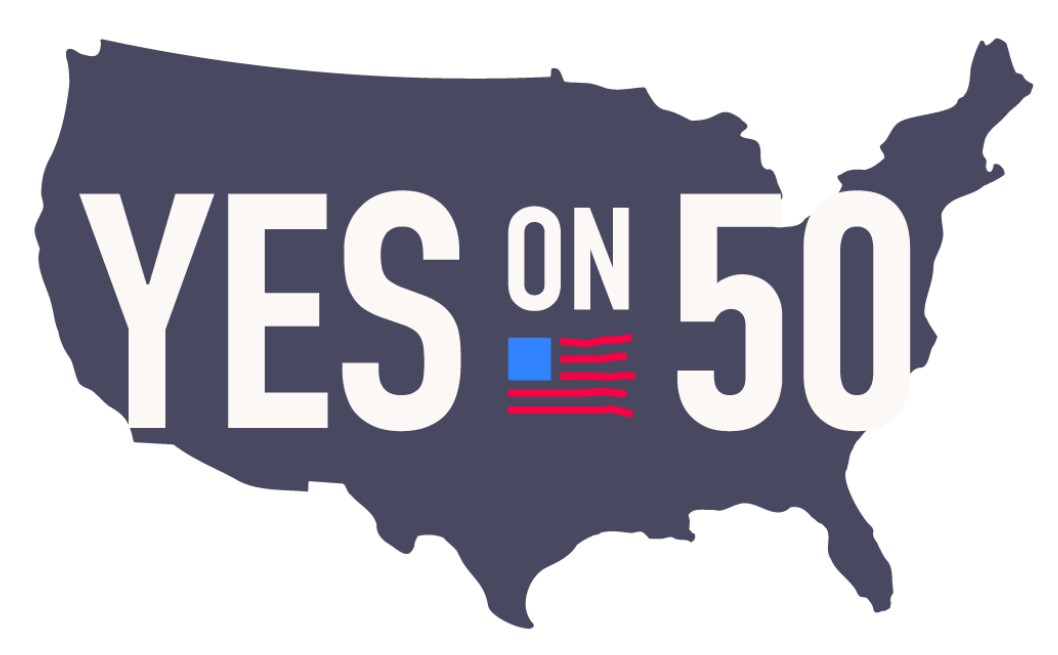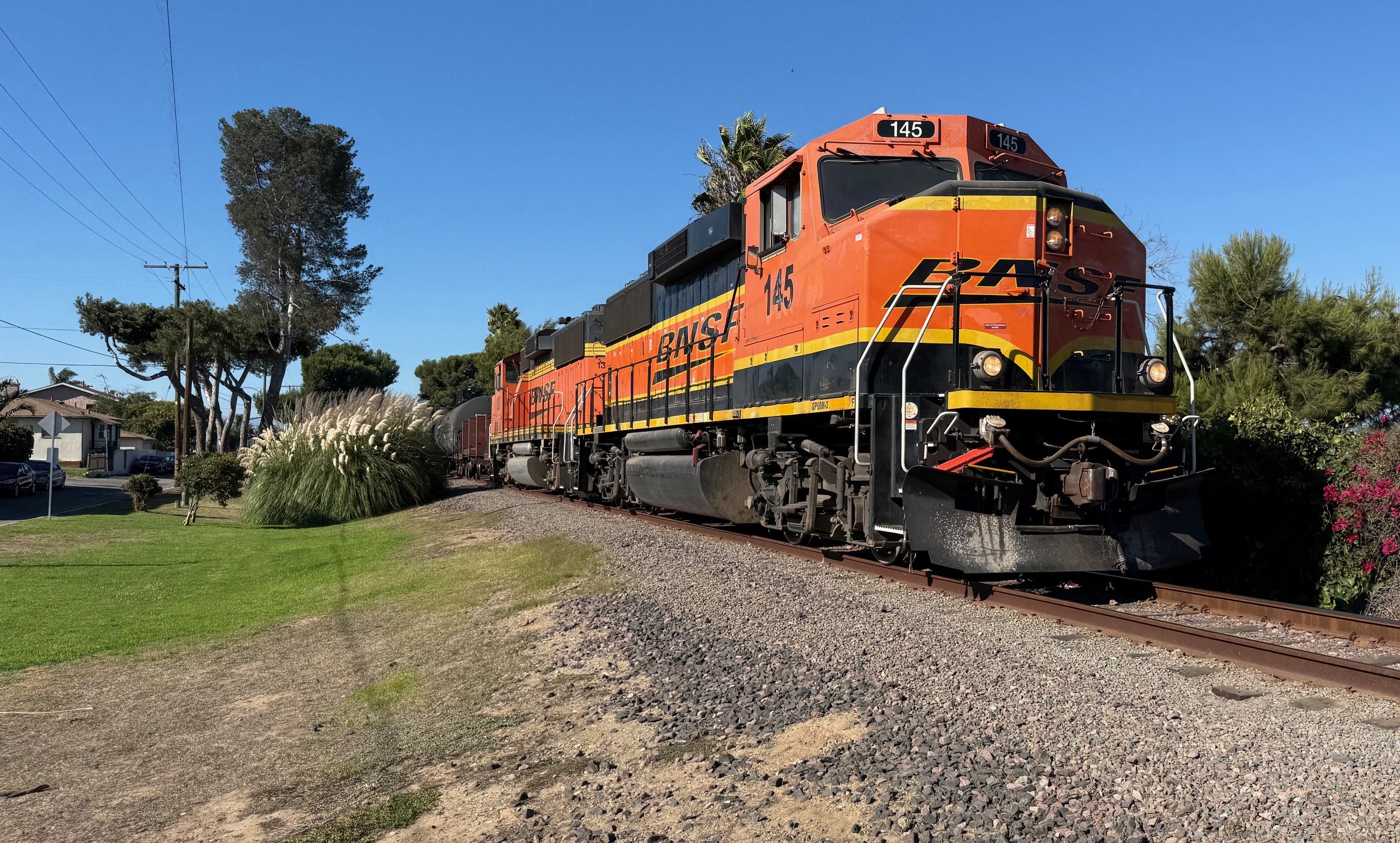Good data.
For transportation reformers in Los Angeles, good data is hard to come by. This has proved problematic when it comes time for cyclists and pedestrians to make their claim for a fair share of transportation dollars. Streetsblog gave Councilman Greig Smith a hard time for not supporting a bicycle and pedestrian set-aside because "10% of people don't bike," but it's not his fault that the LADOT couldn't tell him how many people "do bike."
 Rosendahl has a history of supporting the counting of all transportation modes. Here he's at the kickoff of the LACBC's bike count project last year. Photo:boc/flickr
Rosendahl has a history of supporting the counting of all transportation modes. Here he's at the kickoff of the LACBC's bike count project last year. Photo:boc/flickrThanks to a resolution authored by Transportation Committee Chair Bill Rosendahl, and co-sponsored by City Council President Eric Garcetti, that elusive good data could begin to flow sooner rather than later.
Later today, a special agenda for this Wednesday's City Council Transportation Committee will feature this motion, which would require that LADOT change its language for traffic studies completed for new development to require a bicycle and pedestrian count as well as an automobile count. This small change will, over time, give a much more complete picture of where and how often people walk in different parts of the city. It's not going to suddenly produce the data advocates crave showing that more and more people are biking and walking, but it's a step in the right direction.
In the interest of full disclosure, a small group representing "Livable Los Angeles" met with the Councilman and his staffer about this issue in December of last year. As a habit, Streetsblog doesn't report on advocacy efforts its reporters do "off the clock," but in this case I reached back out to some of the other people in that meeting for their reactions to Rosendahl's motion.
Roadblock wrote in that, "Finally, it looks like we have a chance for the LADOT to count people moved not just cars." Joe Linton echoed his sentiment, "Counting all modes is one of the first steps toward creating safe and complete streets that support all modes"
In addition to providing a better picture of the transportation patterns of city residents and visitors, using "transportation counts" instead of "traffic counts" will lead to better mitigation plans when new developments do spring up throughout the city. It will be interesting to see how large projects, such as the "Evolution" project, will spend their mitigation dollars when its clear that many of the trips generated need not be automobile trips. Heck, just reallocating 10% of the $100 million being spent to move more cars around Evolution could create a pedestrian oasis.
This isn't the kind of motion that's going to create headlines at the Los Angeles Times or other mainstream news sources; but Councilman Rosendahl deserves credit because assuming this becomes law it will help create the kind of change to make our streets safer for all users and our city more livable for its residents. When you consider motions such as this in addition to Measure R, 30/10, the bicycle and pedestrian set-aside; it begins to create a picture that the car culture capital of the world is changing.
Headline creating or not, that's a very good thing.






